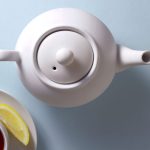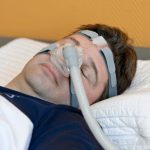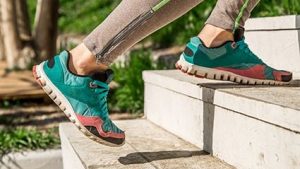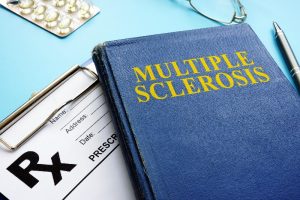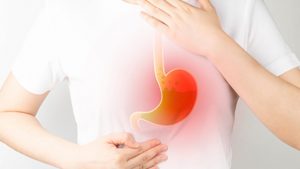
Americans with cancer are more likely to use marijuana and prescription opioids than those without cancer, and the use of medical marijuana by this group is on the rise, new research shows. Pain is common among cancer patients, but many do not get adequate pain relief, the researchers noted. The new study looked at more than 800 adults with cancer who took part in the U.S. National Health and Nutrition Examination Survey between 2005 and 2014. The patients were compared with about 1,650 adults without cancer. The findings showed that 40% of the cancer patients had used marijuana within the past year, compared with 38% of those without cancer. People with cancer were also more likely to use prescription opioids than those without the disease — nearly 14% versus just over 6%, respectively. When analyzing rates of marijuana and opioid use among more than 19,000 survey respondents, including those with and without cancer, the investigators found increasing rates of marijuana use over the 10-year study period, probably because legislative changes increased its availability. More clinical trials are needed to asses just how effective medical marijuana is against cancer-related pain, said co-lead author Dr. Kathryn Ries Tringale, of the University of California, San Diego. Prescription opioid use remained stable among cancer patients, the study authors said. A cancer diagnosis did not significantly affect the odds of… read on >










